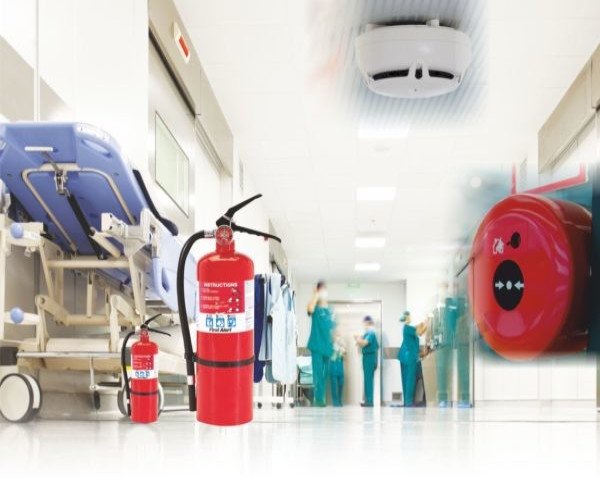NABH Hospital Fire Safety: Importance, Checklist with Tips and Guidelines
Ensuring fire safety in hospitals is critical to protect patients, staff, visitors, and medical assets. With the increasing complexity of healthcare environments, adhering to fire safety standards set by the National Accreditation Board for Hospitals & Healthcare Providers (NABH) is essential. This blog explores the importance of NABH hospital fire safety, provides a comprehensive checklist, and offers practical tips and guidelines to maintain a safe healthcare facility.
Why is Fire Safety Important in Hospitals?
Hospitals are unique environments that house vulnerable populations, including critically ill patients, infants, and the elderly. The presence of flammable medical gases, oxygen supplies, electrical equipment, and chemical substances further heightens fire risk. A fire in a hospital can lead to devastating consequences, including loss of life, injury, property damage, and interruption of critical healthcare services.
Key reasons for prioritizing fire safety include:
- Protecting Lives: Ensuring swift evacuation and minimizing casualties.
- Preserving Property: Safeguarding expensive medical equipment and infrastructure.
- Legal Compliance: Meeting NABH and other regulatory standards.
- Maintaining Trust: Building confidence among patients and staff.
NABH Fire Safety Standards for Hospitals
NABH emphasizes comprehensive fire safety measures as part of its accreditation process. These standards focus on:
- Fire prevention strategies
- Adequate firefighting equipment
- Emergency preparedness and response
- Staff training and drills
- Clear evacuation plans
Adhering to these standards not only ensures compliance but also enhances overall safety.
Fire Safety Checklist for NABH Hospitals
Implementing a robust fire safety plan involves regular checks and maintenance. Here’s a practical checklist:
1. Fire Prevention Measures
- Conduct regular risk assessments.
- Store flammable substances safely, away from ignition sources.
- Install proper signage indicating fire hazards.
- Maintain electrical wiring and equipment to prevent short circuits.
2. Fire Detection and Alarm Systems
- Install smoke detectors and heat sensors in strategic locations.
- Ensure fire alarm systems are functional and regularly tested.
- Maintain a central alarm system connected to local fire services.
3. Firefighting Equipment
- Place fire extinguishers (ABC type) at accessible points.
- Install fire hose reels and fire hydrants throughout the facility.
- Conduct routine inspections and maintenance of firefighting equipment.
- Equip critical areas with automatic sprinkler systems.
4. Emergency Exits and Evacuation Routes
- Mark all exits clearly with illuminated signage.
- Ensure evacuation routes are unobstructed and well-lit.
- Designate and train staff for evacuation procedures.
5. Staff Training and Drills
- Conduct regular fire safety training sessions for all staff.
- Organize mock drills to test evacuation plans.
- Keep training records updated.
6. Documentation and Records
- Maintain logs of fire safety inspections.
- Keep records of staff training and drills.
- Document maintenance and servicing of fire safety equipment.
Final Thoughts
NABH Fire safety in hospitals is a shared responsibility that requires vigilance, regular maintenance, staff awareness, and adherence to standards like those set by NABH. By implementing a comprehensive fire safety plan, hospitals can significantly reduce risks and ensure a safe environment for everyone.
Remember: Safety is a continuous process, not a one-time effort. Prioritize fire safety today to protect lives and property tomorrow.
If you need assistance in developing or auditing your hospital’s fire safety plan, consider consulting certified fire safety professionals or NABH accreditation experts.



